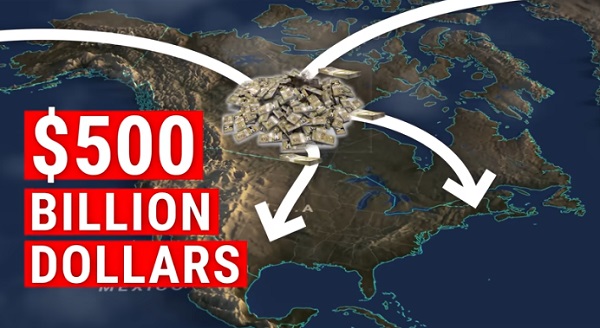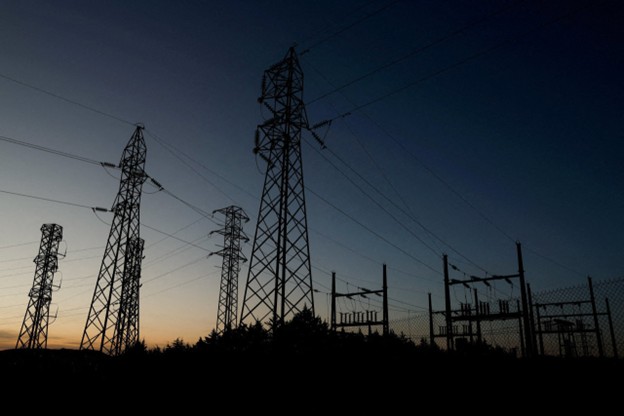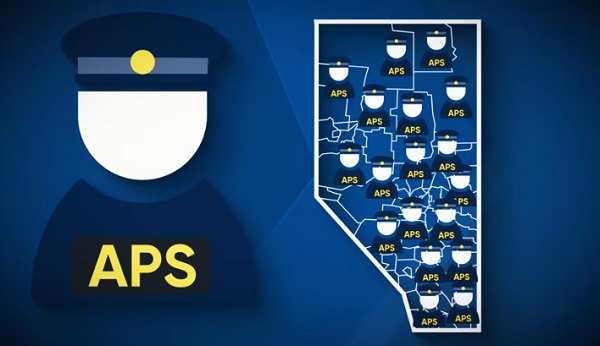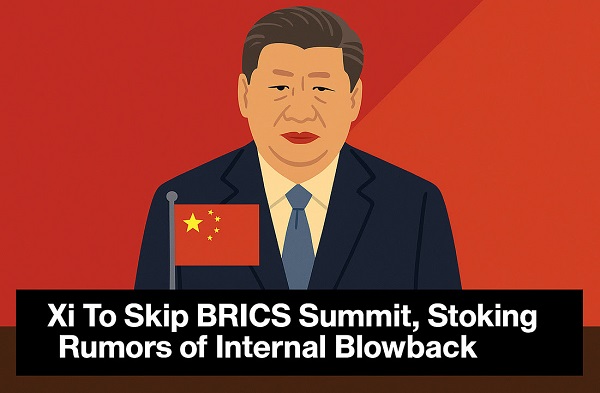Opinion
August 24 2017- Incumbents and announced candidates for October 16 election. Too many saying; “Trust me”, but offering little more.

Mayor –
Tara Veer
City Councillors-
Lynne Mulder,
Dianne Wyntjes,
Tanya Handley,
Frank Wong,
Buck Buchanan,
Paul Harris,
Ken Johnson,
Lawrence Lee,
Matt Chapin,
Jon Weiler,
Jordy Smith
Brice Unland
Doug Manderville
Matt Slubick
Sandra Bergeron
Ian Miller
Taurus Pawluk
Robert Friss
James Kristenson
Rick More
Public School Board Trustee-
Bill Stuebing ,
Bev Manning,
Bill Christie,
Cathy Peacocke,
Jim Watters,
Dianne Macaulay,
Dick Lemke
Matt Chapin
Patrick O’Connor
Jaelene Tweadle
Chris Woods
Laurette Woodward
Separate School Board Trustee-
Adrianna LaGrange,
Anne Marie Watson,
David Bouchard,
Guy Pelletier,
Murray Hollman
The list keeps growing so is the silence.
Amazing how so many seem to either, do not know the issues or do not know how to address them.
I am not anxious to vote for someone because they think they can do a good job. I want to vote for someone with a handle on the issues, some possible solutions and a voice for the regular tax payer. Special interest groups are too well represented but not the ordinary resident.
Anyone?
Bruce Dowbiggin
The Game That Let Canadians Forgive The Liberals — Again

With the Americans winning the first game 3-1, a sense of panic crept over Canada as it headed to Game 2 in Boston. Losing a political battle with Trump was bad enough, but losing hockey bragging rights heading into a federal election was catastrophic for the Family Compact.
“It’s also more political than the (1972) Summit Series was, because Canada’s existence wasn’t on the line then, and it may be now. You’re damn right Canadians should boo the (U.S.) anthem.” Toronto Star columnist Bruce Arthur before Gm. 1 of USA/ Canada in The 4 Nations Cup.
The year 2025 is barely half over on Canada Day. There is much to go before we start assembling Best Of Lists for the year. But as Palestinian flags duel with the Maple Leaf for prominence on the 158th anniversary of Canada’s becoming a sovereign country it’s a fair guess that we will settle on Febuary 21 as the pivotal date of the year— and Canada’s destiny as well.
That was the date of Game 2 in the U.S./Canada rivalry at the Four Nations Tournament. Ostensibly created by the NHL to replace the moribund All Star format, the showdown of hockey nations in Boston became much more. Jolted by non-sports factors it became a pivotal moment in modern Canadian history.
Set against U.S. president Donald Trump’s bellicose talk of Canada as a U.S. state and the Mike Myers/ Mark Carney Elbows Up ad campaign, the gold-medal game evoked, for those of a certain age, memories of the famous 1972 Summit Series between Canada and the USSR. And somehow produced an unprecedented political reversal in Canadian elections.
As we wrote on Feb. 16 after Gm. 1 in Montreal, the Four Nations had been meant to be something far less incendiary. “Expecting a guys’ weekend like the concurrent NBA All Star game, the fraternal folks instead got a Pier Six brawl. It was the most stunning beginning to a game most could remember in 50 years. (Not least of all the rabid Canadian fanbase urging patriotism in the home of Quebec separation) Considering this Four Nations event was the NHL’s idea to replace the tame midseason All Star Game where players apologize for bumping into each other during a casual skate, the tumult as referees tried to start the game was shocking.
“Despite public calls for mutual respect, the sustained booing of the American national anthem and the Team Canada invocation by MMA legend Georges St. Pierre was answered by the Tkachuck brothers, Matthew and Brady, with a series of fights in the first nine seconds of the game. Three fights to be exact ,when former Canuck J.T. Miller squared up with Brandon Hagel. (All three U.S. players have either played on or now play for Canadian NHL teams.)
“Premeditated and nasty. To say nothing of the vicious mugging of Canada’s legend Sidney Crosby behind the U.S. net moments later by Charlie McEvoy.”
With the Americans winning the game 3-1 on Feb. 15, a sense of panic crept over Canada as it headed to Game 2 in Boston. Losing a political battle with Trump was bad enough, but losing hockey bragging rights heading into a federal election was catastrophic for the Family Compact. As we wrote in the aftermath, a slaughter was avoided.

“In the rematch for a title created just weeks before by the NHL the boys stuck to hockey. Anthem booing was restrained. Outside of an ill-advised appearance by Wayne Gretzky— now loathed for his Trump support— the emphasis was on skill. Playing largely without injured Matthew and Brady Tkachuk and McAvoy, the U.S. forced the game to OT where beleaguered goalie Craig Binnington held Canada in the game until Connor McDavid scored the game winner. “
The stunning turnaround in the series produced a similar turnaround in the Canadian federal election. Galvanized by Trump’s 51st State disrespect and exhilarated by the hockey team’s comeback, voters switched their votes in huge numbers to Carney, ignoring the abysmal record of the Liberals and their pathetic polling. From Pierre Poilievre having a 20-point lead in polls, hockey-besotted Canada flipped to award Carney a near-majority in the April 28 election.
The result stunned the Canadian political class and international critics who questioned how a single sporting event could have miraculously rescued the Liberals from themselves in such a short time.

While Canada soared because of the four Nations, a Canadian icon crashed to earth. “Perhaps the most public outcome was the now-demonization of Gretzky in Canada. Just as they had with Bobby Orr, another Canadian superstar living in America, Canadians wiped their hands of No. 99 over politics. Despite appeals from Orr, Don Cherry and others, the chance to make Gretzky a Trump proxy was too tempting.
We have been in several arguments on the subject among friends: Does Gretzky owe Canada something after carrying its hockey burden for so long? Could he have worn a Team Canada jersey? Shouldn’t he have made a statement that he backs Canada in its showdown with Trump? For now 99 is 0 in his homeland.”
Even now, months later, the events of late February have an air of disbelief around them, a shift so dramatic and so impactful on the nation that many still shake their heads. Sure, hockey wasn’t the device that blew up Canada’s politics. But it was the fuse that created a crater in the country.
Bruce Dowbiggin @dowbboy is the editor of Not The Public Broadcaster A two-time winner of the Gemini Award as Canada’s top television sports broadcaster, his new book Deal With It: The Trades That Stunned The NHL And Changed hockey is now available on Amazon. Inexact Science: The Six Most Compelling Draft Years In NHL History, his previous book with his son Evan, was voted the seventh-best professional hockey book of all time by bookauthority.org . His 2004 book Money Players was voted sixth best on the same list, and is available via brucedowbigginbooks.ca.
Business
Massive government child-care plan wreaking havoc across Ontario

From the Fraser Institute
By Matthew Lau
It’s now more than four years since the federal Liberal government pledged $30 billion in spending over five years for $10-per-day national child care, and more than three years since Ontario’s Progressive Conservative government signed a $13.2 billion deal with the federal government to deliver this child-care plan.
Not surprisingly, with massive government funding came massive government control. While demand for child care has increased due to the government subsidies and lower out-of-pocket costs for parents, the plan significantly restricts how child-care centres operate (including what items participating centres may purchase), and crucially, caps the proportion of government funds available to private for-profit providers.
What have families and taxpayers got for this enormous government effort? Widespread child-care shortages across Ontario.
For example, according to the City of Ottawa, the number of children (aged 0 to 5 years) on child-care waitlists has ballooned by more than 300 per cent since 2019, there are significant disparities in affordable child-care access “with nearly half of neighbourhoods underserved, and limited access in suburban and rural areas,” and families face “significantly higher” costs for before-and-after-school care for school-age children.
In addition, Ottawa families find the system “complex and difficult to navigate” and “fewer child care options exist for children with special needs.” And while 42 per cent of surveyed parents need flexible child care (weekends, evenings, part-time care), only one per cent of child-care centres offer these flexible options. These are clearly not encouraging statistics, and show that a government-knows-best approach does not properly anticipate the diverse needs of diverse families.
Moreover, according to the Peel Region’s 2025 pre-budget submission to the federal government (essentially, a list of asks and recommendations), it “has maximized its for-profit allocation, leaving 1,460 for-profit spaces on a waitlist.” In other words, families can’t access $10-per-day child care—the central promise of the plan—because the government has capped the number of for-profit centres.
Similarly, according to Halton Region’s pre-budget submission to the provincial government, “no additional families can be supported with affordable child care” because, under current provincial rules, government funding can only be used to reduce child-care fees for families already in the program.
And according to a March 2025 Oxford County report, the municipality is experiencing a shortage of child-care staff and access challenges for low-income families and children with special needs. The report includes a grim bureaucratic predication that “provincial expansion targets do not reflect anticipated child care demand.”
Child-care access is also a problem provincewide. In Stratford, which has a population of roughly 33,000, the municipal government reports that more than 1,000 children are on a child-care waitlist. Similarly in Port Colborne (population 20,000), the city’s chief administrative officer told city council in April 2025 there were almost 500 children on daycare waitlists at the beginning of the school term. As of the end of last year, Guelph and Wellington County reportedly had a total of 2,569 full-day child-care spaces for children up to age four, versus a waitlist of 4,559 children—in other words, nearly two times as many children on a waitlist compared to the number of child-care spaces.
More examples. In Prince Edward County, population around 26,000, there are more than 400 children waitlisted for licensed daycare. In Kawartha Lakes and Haliburton County, the child-care waitlist is about 1,500 children long and the average wait time is four years. And in St. Mary’s, there are more than 600 children waitlisted for child care, but in recent years town staff have only been able to move 25 to 30 children off the wait list annually.
The numbers speak for themselves. Massive government spending and control over child care has created havoc for Ontario families and made child-care access worse. This cannot be a surprise. Quebec’s child-care system has been largely government controlled for decades, with poor results. Why would Ontario be any different? And how long will Premier Ford allow this debacle to continue before he asks the new prime minister to rethink the child-care policy of his predecessor?
-

 Brownstone Institute2 days ago
Brownstone Institute2 days agoFDA Exposed: Hundreds of Drugs Approved without Proof They Work
-
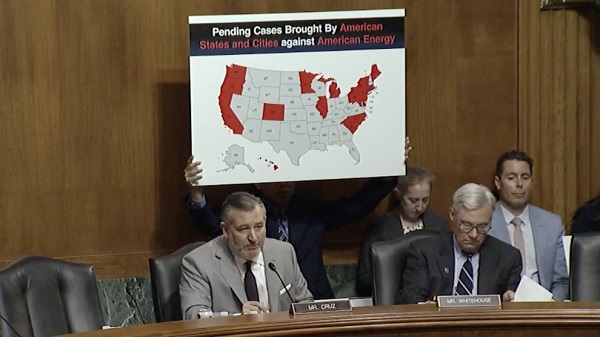
 Energy1 day ago
Energy1 day agoChina undermining American energy independence, report says
-
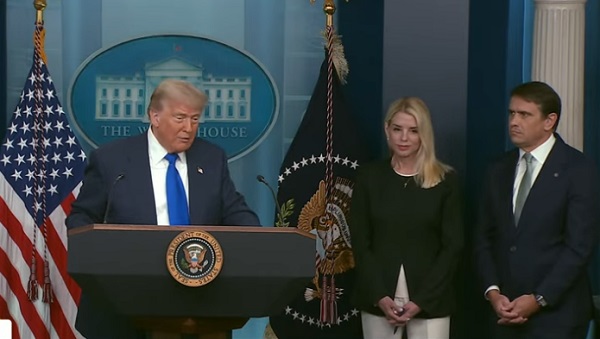
 Business1 day ago
Business1 day agoTrump on Canada tariff deadline: ‘We can do whatever we want’
-
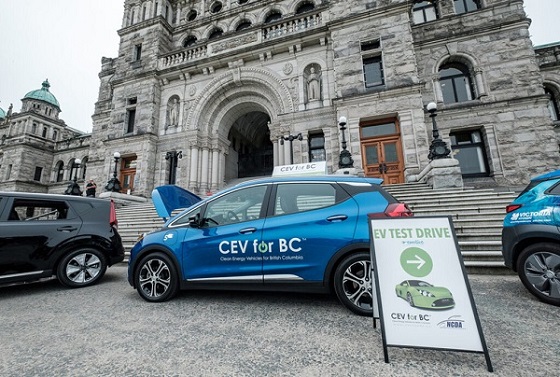
 Automotive1 day ago
Automotive1 day agoElectric vehicle sales are falling hard in BC, and it is time to recognize reality.
-

 Business1 day ago
Business1 day agoEurope backs off greenwashing rules — Canada should take note
-
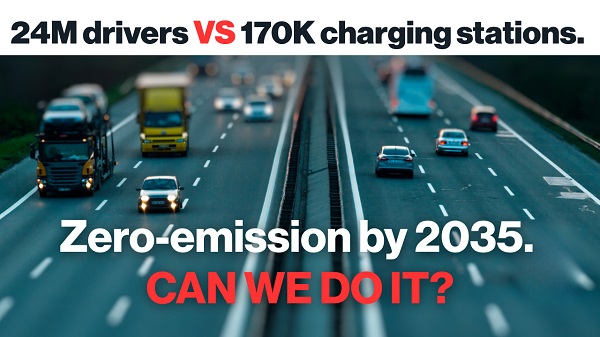
 Automotive1 day ago
Automotive1 day agoPower Struggle: Electric vehicles and reality
-
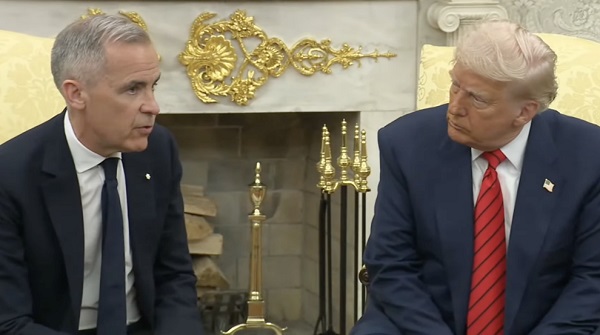
 Business7 hours ago
Business7 hours agoCanada Caves: Carney ditches digital services tax after criticism from Trump
-

 Bruce Dowbiggin7 hours ago
Bruce Dowbiggin7 hours agoThe Game That Let Canadians Forgive The Liberals — Again

